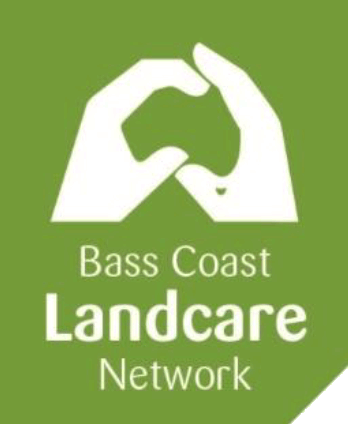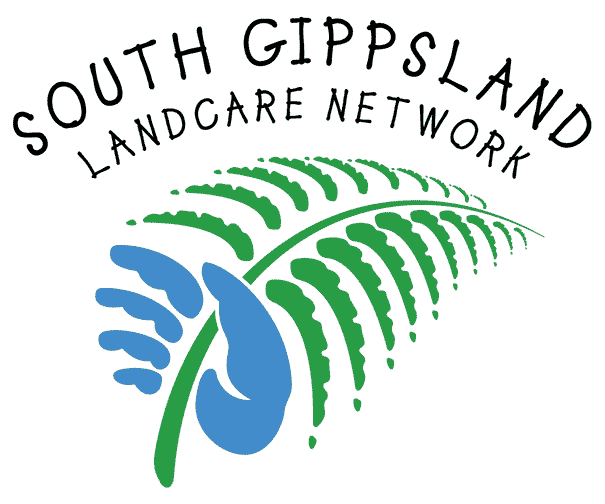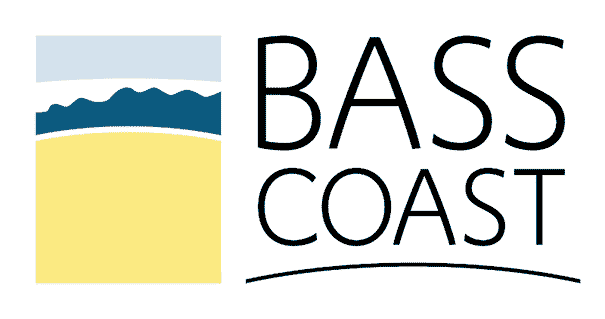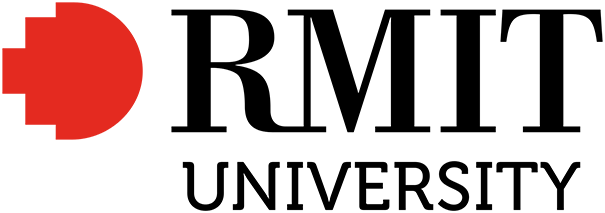Economic and Social Settings
The overview of the Southern Gippsland region is divided into three main sections.
- Population: Provide an introduction to the people of the region, and how the population is growing and changing.
- Agriculture: Understanding the region’s agricultural sector, including jobs, land use and the expected value of the region’s produce.
- Economy and Employment: Understand the region’s economic profile, mainly regarding the employment of people within the region.
‘Southern Gippsland’ is used to describe the study region, it includes the Bass Coast and South Gippsland council areas and French Island. The map shown here shows the region in relation to Melbourne. Bass Coast is highlighted in orange, South Gippsland in yellow, and the unincorporated French Island in green. Cranbourne represents the outskirts of the Melbourne metropolitan area and Dandenong is the closest metropolitan major activity centre.
The proximity to Melbourne provides access to major markets, suppliers, transport and logistics services for the region’s agricultural producers. It is also a source of population growth, predominantly in Bass Coast, as the metropolitan area expands into the region. Melbourne also provides a market for the regions’ tourism industry, and importantly for this study, the agri-tourism sector.

Source: © OpenStreetMap contributors,
accessed from AURIN Portal, aurin.org.au .
Population
The estimated population of the Southern Gippsland region was approximately 65,000 people in 2018, having increased by 9 per cent since 2013, and is projected to increase by a further 30 per cent between 2016 and 2036. The proportion of people aged over 60 increased by 3 per cent over this period, indicating that the population is ageing, like much of regional Australia. Females made up 50.8 per cent of the population in 2018, and has increased in recent years, a result of the ageing population and the longer life expectancy of females. Importantly, there has been an increase in the working-age population in the region - those aged between 15 and 64 years - from 35,469 to 36,965 people.
The population has grown in part due to in-wards migration to the region, with 10,779 new residents between 2011 and 2016 as a result. Net migration (in-movers less out-movers) accounted for 75 per cent of the population growth in Southern Gippsland. Inward migration was predominantly from elsewhere in Victoria, accounting for more than 80 per cent of new residents, with a further 13 per cent moving from interstate and 7 per cent from overseas. Of the in-movers between 2011 and 2016, 157 worked in agriculture and 116 of these indicated they were managers, providing an indication of the number of new residents that had taken on farms in Southern Gippsland. While the outcome of migration was positive for the region, the net effect was a reduction in people aged between 15 and 24 years in 2016, as well as significant in-migration of people aged between 55 and 75 years.
Data sources:
Australian Bureau of Statistics:
- Data by Region: People and Population 2011-2018
- Analysis of 2016 census data, place of residence 5 years ago data.
Population projections:
More Information:
Bass Coast: Community profile and statistics
South Gippsland[1]: Shire and Community Statistics
Agriculture
Agriculture is a prominent industry in Southern Gippsland, with 1,923 individual businesses in 2018. The sector also is associated with food processing and manufacturing businesses, and a range of providers of services and inputs to production in this sector.
Dairy and beef cattle farming account for 88 per cent of the farms in the region. The importance of dairy in the region is shown in the data below, as it accounts for 82 per cent of the farms with an annual turnover of more than $500,000 in 2015-16.
Table 1: Estimated value of agriculture by product type, Southern Gippsland 2015-16
| Less | $100,00 | $200,00 | $500,00 | $1m or | Total | |
|---|---|---|---|---|---|---|
| Dairy Cattle Farming | 16 | 55 | 207 | 207 | 65 | 550 |
| Beef Cattle Farming (Specialised) | 222 | 170 | 83 | 28 | 8 | 511 |
| Sheep-Beef Cattle Farming | 14 | 16 | 16 | 9 | 55 | |
| Vegetable Growing (Outdoors) | 4 | 4 | 8 | 1 | 8 | 25 |
| Sheep Farming (Specialised) | 13 | 1 | 14 | |||
| Horse Farming | 9 | 1 | 1 | 11 | ||
| Other Crop Growing nec [2] | 7 | 1 | 1 | 9 | ||
| Poultry Farming (Eggs) | 2 | 2 | 4 | |||
| Poultry Farming (Meat) | 4 | 4 | ||||
| Other | 8 | 3 | 4 | 15 | ||
| Total | 295 | 252 | 320 | 246 | 85 | 1198 |
Source: Australian Bureau of Statistics (2016), Agricultural Census: Counts of Agricultural Businesses - 2015-16
While there are more than 500 beef cattle farms in the region, they are mostly of smaller scale than the dairy farms. There are also high turnover farming businesses in beef cattle, vegetable growing and poultry farming.
According to the 2016 census, dairy cattle farming also provided the greatest number of jobs within the agricultural sector, with 1,294. A further 456 people were employed in dairy product manufacturing. In 2016, 35 per cent of the agricultural workforce were female, and comprised 34 per cent of the food product manufacturing workforce.
Table 2: Employment in agriculture and related food processing, Southern Gippsland 2016
| Agriculture and Food Manufacturing Sector | Total |
|---|---|
| Dairy cattle Farming | 1294 |
| Sheep, Beef Cattle and Grain Farming | 873 |
| Dairy Product Manufacturing | 456 |
| Agriculture, misc. | 183 |
| Bakery Product Manufacturing | 146 |
| Meat and Meat Product Manufacturing | 123 |
| Mushroom and Vegetable Growing | 119 |
| Other | 378 |
| Total | 3372 |
Source: Australian Bureau of Statistics (2016), Counting Employed Persons, Place of Work (POW), INDP 3 digit ANZSIC level of industry.
The concentration of the region’s agriculture in dairy and beef is clear in this data: 77 per cent of agricultural employment in farming or farm product processing related to these two types of production. The data in the previous table indicates that much of the employment in Sheep, Beef Cattle and Grain Farming is likely to be in the business sector Beef Cattle Farming (Specialised).
Data sources:
Australian Bureau of Statistics:
- Agricultural Census: Counts of Agricultural Businesses - 2015-16
- Australian Bureau of Statistics (2016), Counting Employed Persons, Place of Work (POW), INDP 3 digit level.
Southern Gippsland Economy and Employment
There were an estimated 6,697 businesses in Southern Gippsland in 2018, an increase of 345 since 2014. The businesses in the region are mainly Agriculture, forestry and fishing, with 29 per cent, and a further 20 per cent in Construction. Agriculture is discussed in more detail below. The construction industry is driven by residential building in the area, with 816 dwellings built in 2018 which represented more than 70 per cent of the approximately $400 million spent in the sector that year. None of the other 19 industry sector categories account for more than 10 per cent of businesses in the region, with the third largest Rental, hiring and real estate services at 8 per cent.
In 2017 there were approximately 35,000 jobs in Southern Gippsland, an increase of 9 per cent from 2011. Also of note, female employment increased by 10 per cent over this period, compared to 5 per cent for men, and as of 2017 there were 600 more women than men employed in the region. This can be attributed to the reduction in employment in typically male dominated industries - manufacturing in particular – and increases in industries with greater female representation such as Accommodation and food services, Health care and social assistance, and Education and Training.
The number of people who work in industry sectors is also of interest as it is likely to have a different profile than the distribution of businesses discussed above. Many of the businesses in Agriculture and Construction are sole traders, or do not employ many people. The largest industry sector of employment in Bass Coast and Southern Gippsland is Health care and social assistance with 12 per cent and the third largest is Education and Training with 9 per cent: both of these sectors are predominantly public sector. The second largest sector by employment is in Retail trade, providing 10 per cent of jobs. In comparison, Agriculture provides 5 per cent of employment, including sole traders and managers, and Construction 7 per cent.
This region is predominantly an agricultural region, and as indicated much employment involves jobs in agriculture and agriculture related activities. Altogether agriculture accounts for around 30% of individual businesses in the region. Complementing and servicing this population is an expanding health care and social assistance sector. This service population caters for many involved in and connected with agriculture.
Data sources:
Australian Bureau of Statistics:
- Data by Region : Economy and Industry, LGA, 2011 to 2018
- Analysis of 2016 census data, place of residence 5 years ago data.
Summary
Agriculture is an important industry in Southern Gippsland, and especially the dairy and beef cattle farming sectors. The region is also changing, with people moving into the region and employment in health and education increasing. While it is not apparent in the data on agriculture, interviews with farmers in the region suggests that there are new methods and ideas being introduced into the agricultural sector. This includes the diversification in agricultural enterprises and adoption of regenerative agriculture practices as a response to climate change, as well as the growing agri-tourism sector in the region. Further supporting these changes are the Bass Coast Shire Council’s declaration of a climate emergency and its 2030 zero net emissions pathway. The main industry groups for the region’s agriculture sector have similar initiatives: Meat and Livestock Australia (MLA) have a target to be carbon neutral by 2030[3] and Diary Australia have committed to a sustainable future[4].
The continued growth in population and employment in conjunction with the strong agricultural sector provides the basis for the region’s future. Initiatives such as Growing Southern Gippsland will help continue this growth in ways that are sustainable as well as innovative and adaptive.
[1] As French Island is not part of a local government area, the equivalent data is not available.
[2] nec: not elsewhere classified, includes silage and feed production – see ABS for more detail
[3] www.mla.com.au/research-and-development/Environment-sustainability/carbon-neutral-2030-rd






